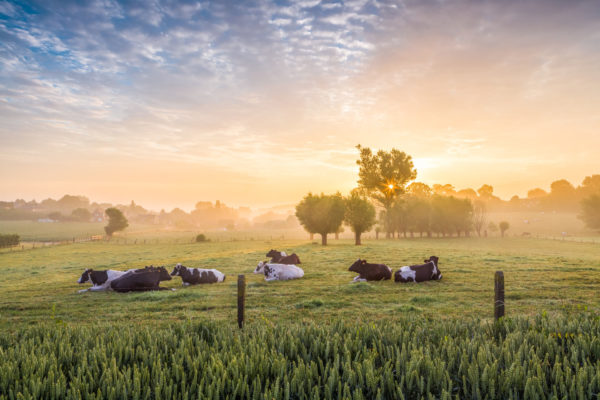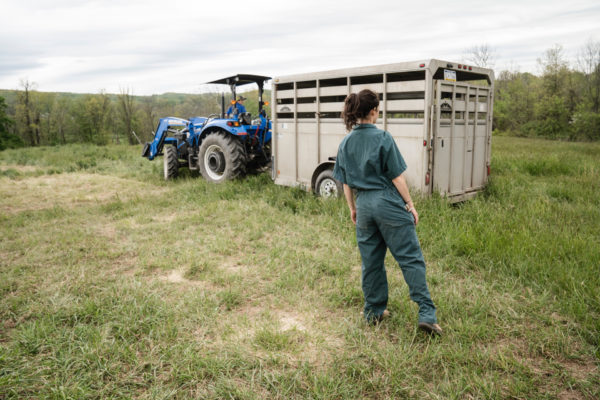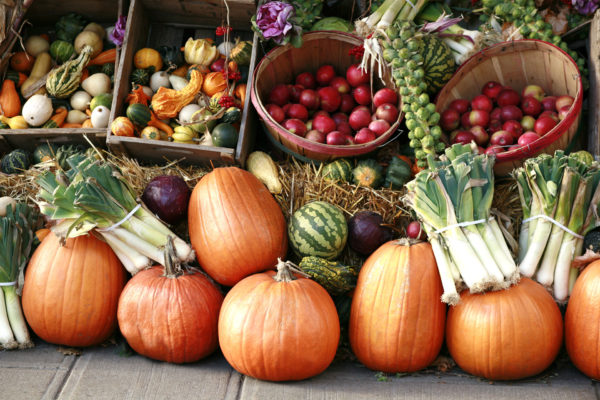Food and Farming with the Jefferies: How Can We Combat the Food Waste Crisis?
By
2 years ago
Jenny Jefferies explores what we can do to reduce our impact, both as individuals and on a wider scale
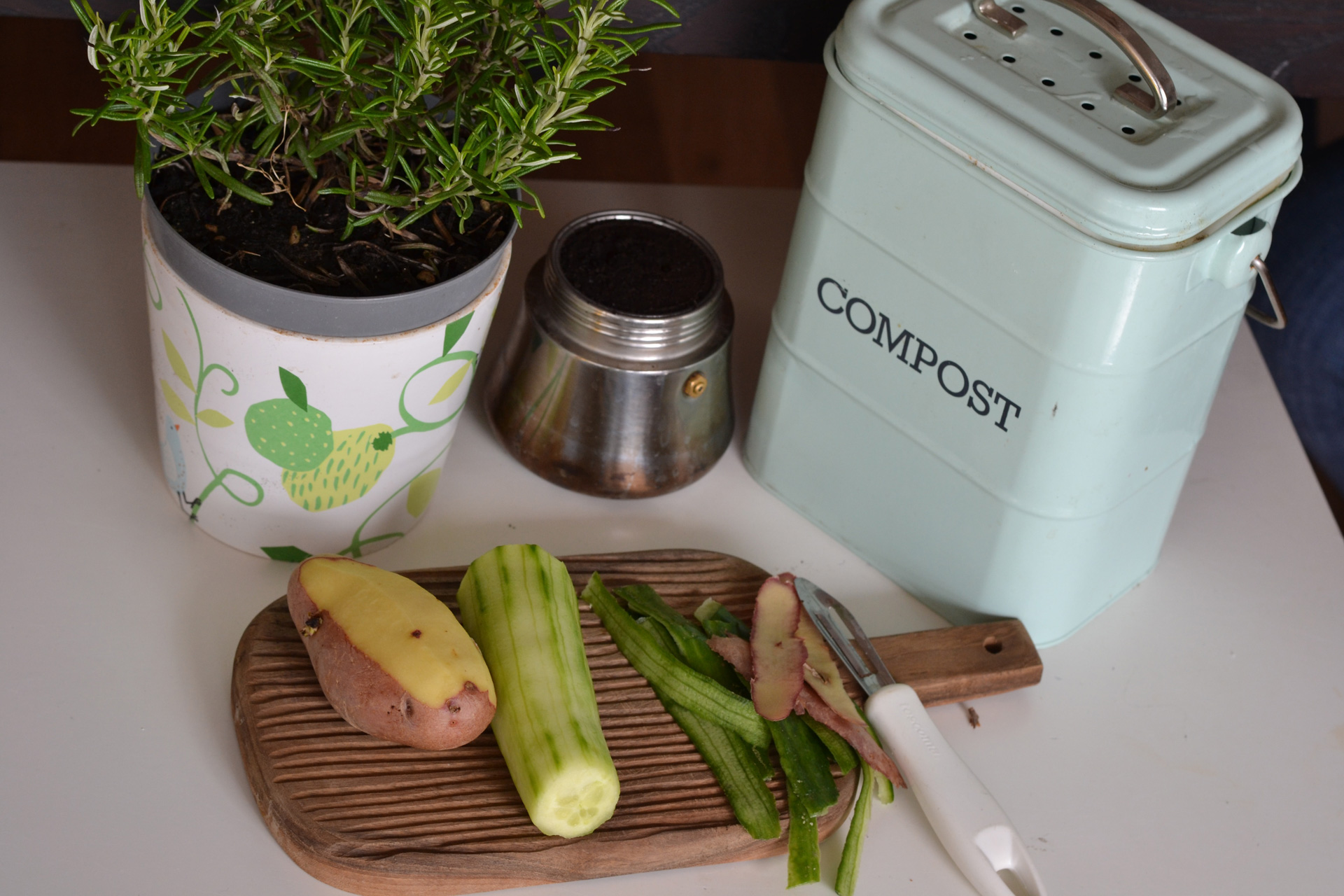
In our monthly column, husband-and-wife duo John and Jenny Jefferies give us some insight into life on their south Cambridgeshire farm. John is a farmer, while Jenny is a food writer, having penned books like For The Love Of The Land. They’re both passionate about British farming, and will share their expertise with C&TH on a bi-monthly basis. This month, we hear from Jenny about the ever-prescient issue of food waste.
How Can We Combat the Food Waste Crisis?
A child dies from hunger every 10 seconds. That’s nearly half of all deaths in children under the age of five. The children die because their bodies lack basic nutrients. There are currently 864 million people in the world who are undernourished and who do not have enough food to eat. Over eight million people in the UK are struggling too – the equivalent to the entire population of London.
We must endeavour to reduce our food waste, and companies and industries need to distribute food to where it’s needed the most. It can be somewhat uncomfortable to hear but I think it’s important to know as it makes us eternally grateful for what we have. It’s important because it reminds us not to take ownership over our food – food is for sharing: your diet, preferences and beliefs are for you only and may not be the desired option for your neighbour. So what comes with food, also comes respect. Respect for each other.
To stress the amount of food that’s wasted each year, here are some statistics:
- 33 percent of all food produced globally is lost or wasted every year
- 45 percent of root crops, fruit and vegetables produced globally is lost or wasted per year
- 25 percent of the food wasted globally could feed all 864 million undernourished people in the world
- 8 percent of all greenhouse gas emissions each year are due to food loss and waste
I remember visiting Malawi, Africa, and our friends ate the entire chicken, including the feet, and left only the beak. I’m not suggesting we all start eating chicken feet, but we can all play our part to reduce food waste. You can use the bones to make stock, use what’s left over in your fridge to make soup and smoothies, plan your meals ahead, make a list before you shop, batch cook and freeze portions, experiment from what you have in your fridge.
I certainly think that the global pandemic and the current delicate politics have ignited an urgent response from the general public to support our farmers and fishermen a lot more and be appreciative of what they do and how they do it.
We are becoming increasingly aware of general food provenance. With a greater enjoyment and need for cooking from scratch in our own kitchens, my main message to you and how you can help is to buy local, buy seasonally, buy sustainably, and above all, to buy British.
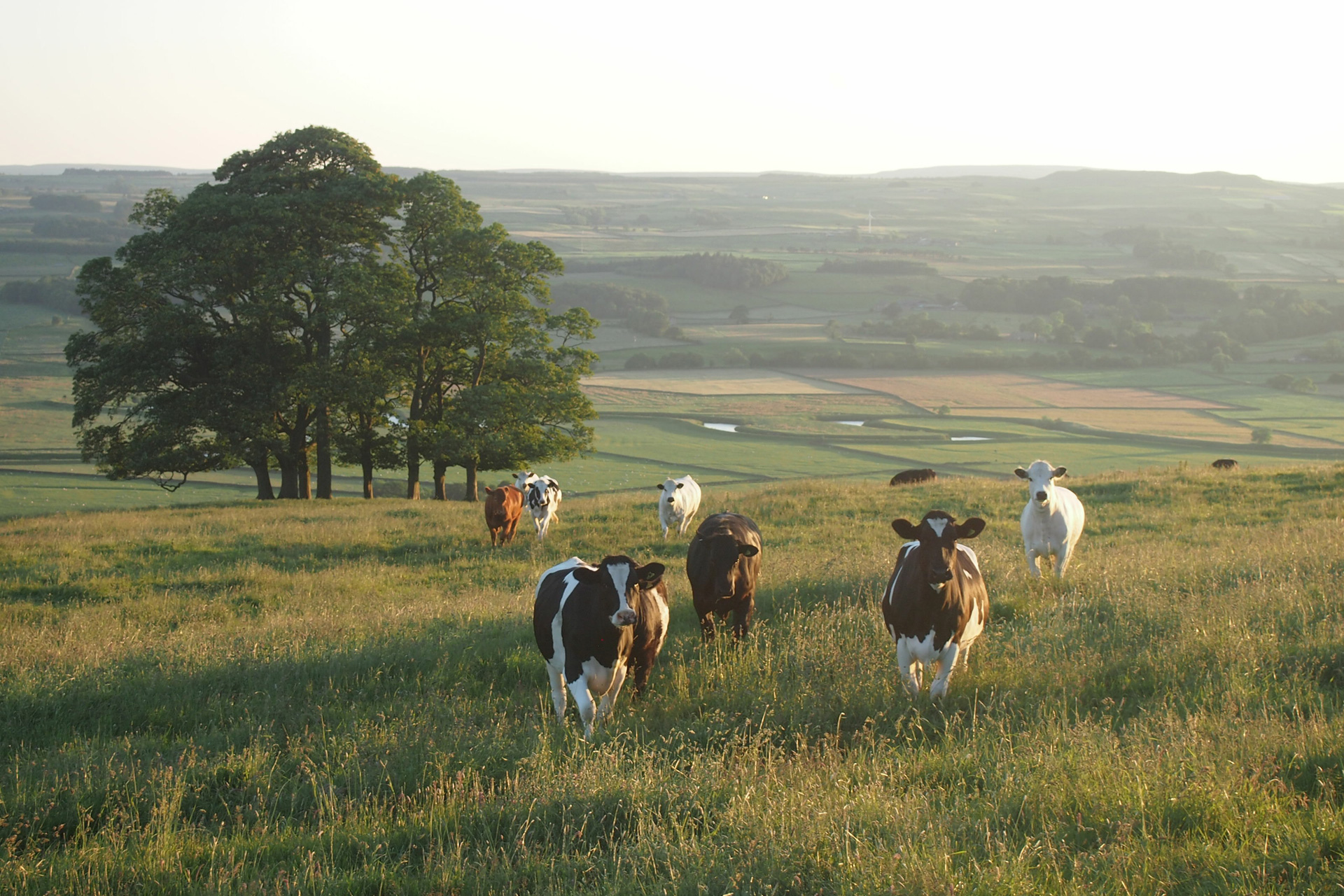
World Hunger Day falls on 28 May, and serves to highlight the number of people on this planet who simply do not have enough to eat. But the answers are not simple and certainly will take longer than a day. To truly combat malnutrition across all continents a huge effort is needed from so many countries and organisations.
Time and time again we see appeals on television for food aid to be sent to the third world. On many occasions this is due to war or natural disaster. There is much the West can do to prevent war but so little is actually done. Why? Probably because the third world offers little interest; it has no oil.
Frequently natural disasters drive food poverty or famine. Earthquakes, tsunamis and volcanoes are events that we can do nothing about other than to react to, rebuild, and make good. But increasingly climate change is driving cyclones, floods and droughts across the world, and the severity of these events are increasing. Reducing our carbon footprints will have far reaching benefits.
Corruption in developing countries is a major factor in hunger. In certain places, corruption is so endemic that it is way beyond taking ‘the cream of the crop’ – in fact there can be very little left. The most prosperous African countries have a strong anti-corruption ethos.
So to truly tackle world hunger the West needs to support democracies, take conflict and weapons out of developing economies and tackle corruption via free and fair trade. The latter, fair trade, is much more than a stall at a church fete or farmers market. It is about generating supply chains that value and reward all of those within them. All too often those at the end of the supply chains are the most powerful and seek to maximise their margins at the expense of the smaller producers towards the bottom.
Western technology can make a big difference, however this would need to be state funded so that the reward is financed by us rather than by developing countries at the point of purchase. One such example would be to finance and reward our plant breeding companies to produce crop varieties that are more drought tolerant and that have bigger and more efficient rooting structures that are able to draw plant nutrition from the soil; this would increase crop production.
Overall, a long-term strategy is required, which is difficult to provide in our see-saw world of short-term policies. The answers depend upon political stability and where all political parties buy into the strategy, so that progress is not thwarted at the ballet box in the West.
Recipe: Fry Bread by Adrian Fisher of Rooted In Hull

This recipe is from For The Love Of The Land. ‘We have gone for simple ‘fry bread’ which we use as a demonstration of what can be done without using an oven. It’s still just as tasty and fresh as bread baked in the usual way.’ – Adrian Fisher
Preparation Time: 20 minutes, plus two hours proving
Cooking time: 20 – 30 minutes
Serves 4
Ingredients:
- 2 tbsp sugar
- 2 tsp dried yeast
- 1.1 litres warm water
- 455g strong white flour
- 455g ordinary plain flour
- 2 tsp salt
- 2 tbsp olive oil, plus extra for frying
Method:
- Mix together the sugar, yeast and water in a jug. Don’t stir the mixture; just leave it for 5 minutes or so until the yeast starts to froth.
- Meanwhile, mix the flours and salt together in a very large bowl. Whisk the frothy yeast mixture, make a well in the flour and pour the liquid in along with the oil. Start to combine everything with a wooden spoon, then use your hands to bring the dough together, adding a little more water if necessary. Turn the dough out onto a floured surface and knead for about 10 minutes until smooth and elastic in texture.
- Lightly oil the bowl and place the dough back into it, then rub oil over the surface of the dough. Cover the bowl with cling film and leave to prove until the dough has doubled in size. This can take a couple of hours in a warm place. Alternatively, this can be made the night before you intend to cook it, covered and left in a cool place overnight: great if you want to make this part of a breakfast dish!
- Pour some olive oil into a frying pan on a moderate to high heat. Tear off small chunks of dough, shape them into patties (or however you prefer – our kids have made snail and sausage shapes) and place these into the pan. Fry the bread for about 4 to 5 minutes on each side.
- When cooked, split and fill the fry bread as required. Butter and homemade jam is delicious, as is butter and icing sugar if you have a sweet tooth. We’ve made fry bread when camping and filled it with fried bacon which makes a filling and nutritious start to an activity-filled day.




